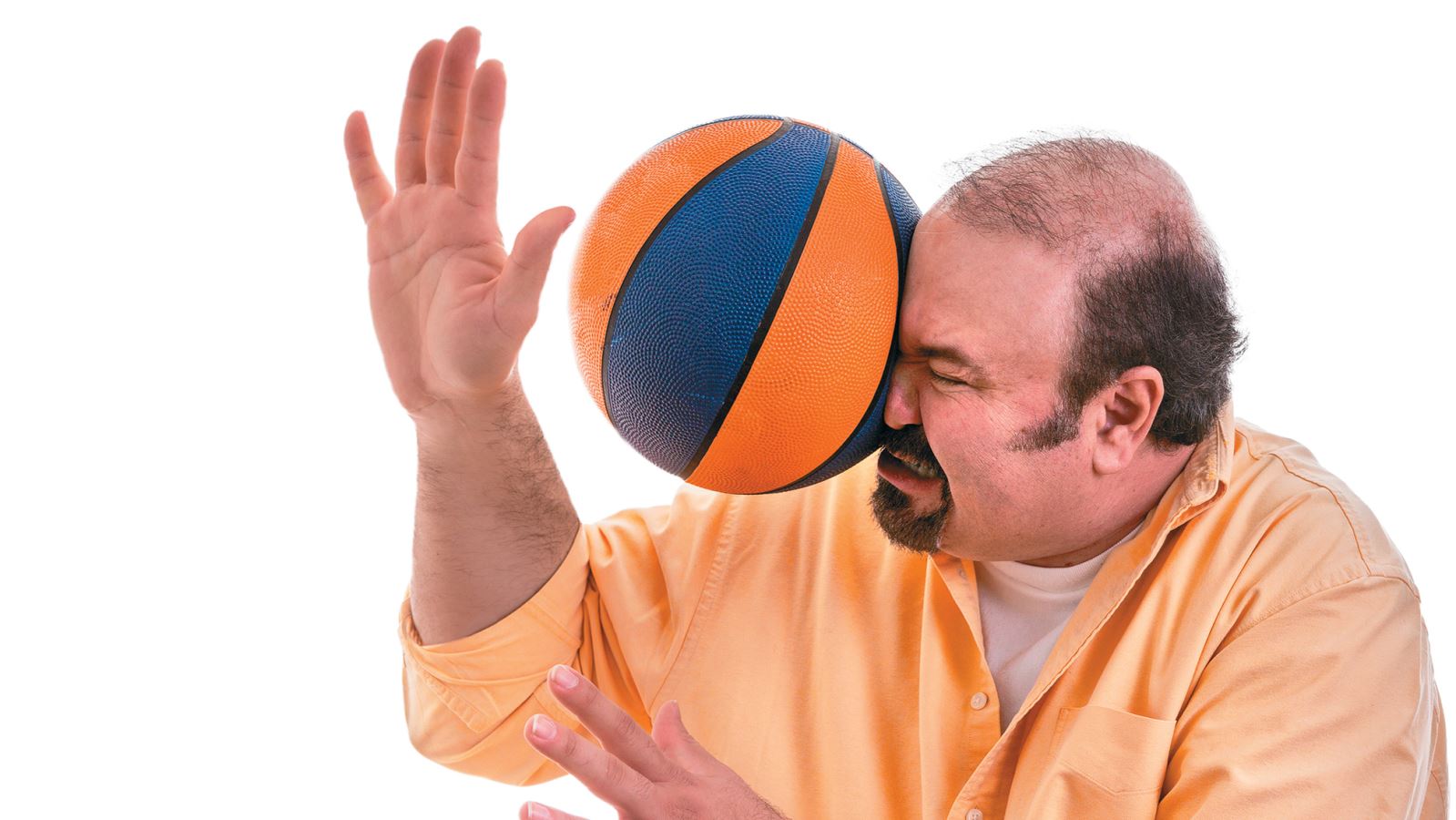
During my training in optometry school, one of my professors told me to get ready for the family and friend eye emergency phone calls and little did I know how right she was. I don’t mind helping others out and especially my wife. Just last year she was out in the wind (that never happens here in Idaho) and a piece of debris landed in her eye. For the next hour she was unable to do literally anything because of the pain it was causing her as the tears and threats were flowing fast and furious. I got out my tools and removed the source of frustration, but to her dismay it was a particle smaller than a spec of pepper dust. The moral of the story is eye emergencies can happen to anyone and should not be taken lightly as vision loss or worse could result.
Eye emergencies basically fall into the following categories:
- Blunt impacts to the eye
- Scratches, cuts
- Foreign objects in the eye
- Chemical exposures and burns, including sunburn
- Infections including pink eye
All of these require immediate attention from your family eye doctor. You should seek emergency room treatment if the injury is an open wound involving the eye or bone fractures around the eye. Otherwise, an optometrist is highly trained to treat eye injuries, and may even be able to take care of you faster than the ER.
Prevention
Prevention is always your best bet. Here are some common sense things you can do to prevent injury or damage to your eyes:
Always wear protective gear when working with chemicals, power tools, hammers and grinders.
Always wear goggles made specifically for sports that could involve the likelihood of eye injury, such as baseball, racquetball, etc.
Always wear 99-100% UV protection sunglasses when outside in the sun, and even on cloudy days. Don’t forget babies and young children too.
Your precious gift of sight can last you a lifetime, especially if you take care of your eyes. See your eye care professional regularly to head off preventable problems and to ensure the best possible eyesight. Plan ahead – check with your eye doctor to find out if they provide emergency eye care and how to contact them.
Following are some first-aid steps you can take to minimize pain and injury:
Blunt impacts to the eye: If there is any pain or swelling, seek medical attention right away. Black eyes are often the result of such an impact, caused by blood pooling under the skin. You can help a black eye heal by applying a cold compress over the eye or under the eye. But you still want an eye doctor to ensure there was no additional damage.
Scratches, cuts to the eye and/or eyelid: You need to get immediate medical help if the eyeball is injured. A cold compress should be applied gently (DO NOT apply pressure) to help stop any bleeding and reduce swelling. If there is blood pooling in the eye, you should apply a sterile dressing or a clean cloth to BOTH eyes (so you don’t move your eyes a lot), and then get immediate emergency room help.
Foreign object in the eye: If it’s a small object, do not rub your eye! Try to locate the object (dirt, eyelash, etc.) and then try to flush it out with water. If you cannot find it or remove it, seek help from your eye doctor.
If the object is embedded in the eye, you need to seek medical help immediately. Leave the object in place and DO NOT touch it or try to remove it. DO NOT apply any pressure to it. You should also bandage both eyes, as this will keep the eyes from moving. Use a sterile dressing or clean cloth. If the object is large, put a paper cup or cone over it and cover the unaffected eye with the dressing or cloth. Seek emergency room treatment.
Chemical injuries: IMMEDIATELY FLUSH the eye with water for 10 minutes before you do anything else, no matter what the chemical is, i.e., battery acid, detergent, bleach, aerosols, fumes, etc. Use either clear water or salt water. Those 10 minutes can make all the difference in preserving your precious gift of sight. Once you have finished flushing, call your eye doctor to be seen immediately.
Pink Eye: Call your eye care professional right away. There are different forms of pink eye – one of which is very contagious. The treatment will vary depending on what is causing the pink eye. Even children should see an optometrist for this.
Dr. Dan Nielson provides specialized services in the diagnosis and treatment of vision problems that interfere with reading and learning and also does orthokeratology. For more information visit his website: www.idahovision.com.